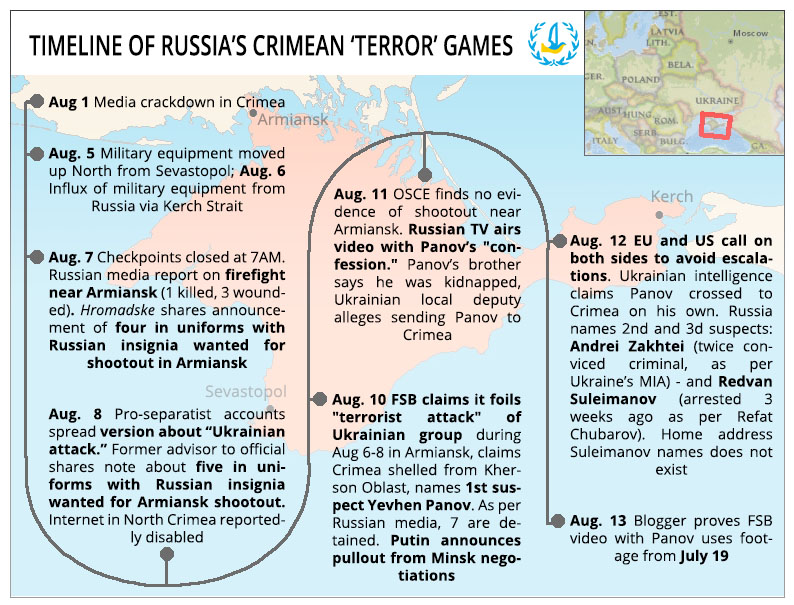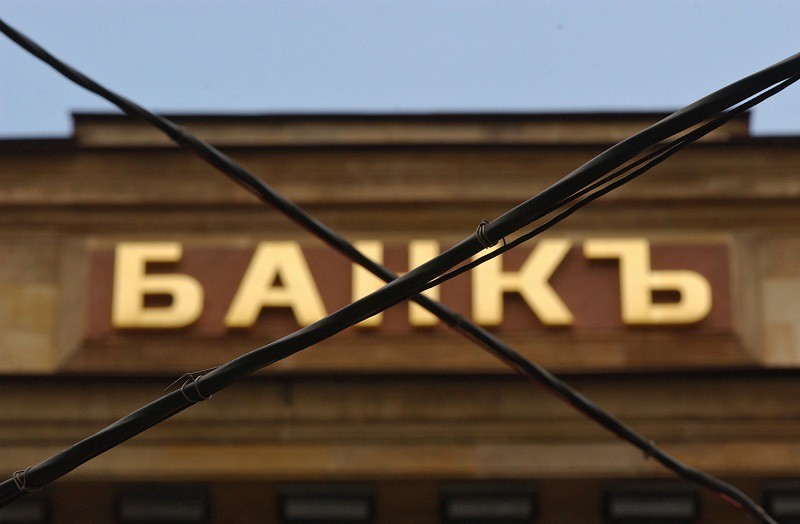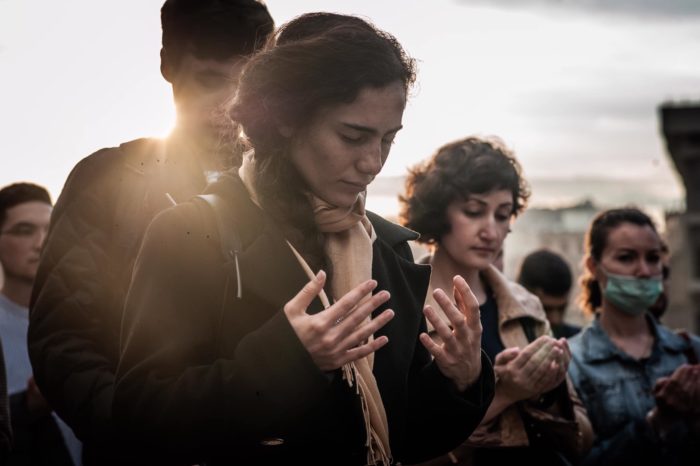Anechka returned to the States from Odesa at the end of August 2016, rested, encouraged, and happy. I remember how she chirped to me about her Ukrainian friends, the bustling shore along a gentle sea, and happiness – that special happiness which occurs when you visit the land of your birth which you left many years ago and discover that you still love it.
This is probably one of the most beautiful moments in the world – when you encounter pure, uncomplicated joy. Anya was always a very bright person, and she traveled to Ukraine not only for relaxation but also to work on Christian mission projects, after which she permitted herself some rest in sunny Odesa. But as I listened to her I thought of something quite different. Not the Christian children’s camps, not the spiritual sermons around the campfire, but rather about what happened quite near the city where Anya vacationed.
Odesa, August 2016. It was at that time that the first provocation from the so-called “Ukrainian saboteurs” took place. The night of 6 – 7 August in the city of Armiansk, on the border with occupied Crimea a firefight broke out. The Russian FSB blamed the incident on Ukrainian staff intelligence officers who supposedly planned a series of terrorist acts on the peninsula. They arrested the most common folk as “saboteurs,” and the absurdity of such accusations was obvious to every specialist working on the Russo-Ukrainian conflict. But the Kremlin apparently was undeterred. Vladimir Putin directly accused Ukraine of resorting to terror and openly declared his intention to use this FSB-created provocation as an excuse to escalate the conflict.
Read more: A timeline of Russia’s Crimean “terror” games | Infographics

Ukrainian military intelligence reported that it was highly probable that the “Crimean saboteur” provocation would be used by Moscow to seize new territory and carve out a land corridor to the Crimea. The intelligence officials pointed to large concentrations of Russian troops in northern Crimea. Dzhanka was bursting with Russian soldiers. Traffic was frequently blocked in the Angara Pass, and several checkpoints were closed.
There was a noticeable increase in the movements of Russian troops in the direction of Mariupol, but more importantly, the Baltic Marines were transferred to the Shyrokyne region despite Sevastopol being much closer the site of the alleged fighting. In the opinion of several analysts, Moscow pulled the Baltic Sea Marines into the area of possible conflict when Odesa became the primary military objective of the Sevastopol marines. The situation became worse with each passing day, and Putin promised that he would “take steps” against “Ukrainian terrorism,” and the possibility of a strike on Mariupol or Odesa became ever more likely.
These were terrible days and sleepless nights filled with cold and frightening anticipation of a possible new war. I remember that I was able to find the only document in which the occupying forces admitted in essence that their own drunken contractors were responsible for the firefight, and there were no “saboteurs,” at all. One of the Ukrainian volunteers found other proof that the accusations were phony: The phase of the moon at the time of the arrest of the supposed “terrorists” did not coincide with the date and proved that the photos of warehouses and other “evidence of terrorism” had been taken several months earlier.
We gathered the evidence, wrote articles, translated them into English and distributed them to everyone we could. Ukrainian military experts provided comment after comment, diplomats attempted to clarify the situation at an international level, in incredibly short order American journalists quoted the evidence in their work. The information reached the US Department of State and the State Department declared that it did not believe the Kremlin. It’s possible that the reaction of the international community exerted a deciding influence, and there was no new incursion into Ukraine.


Anya knew nothing of this. She strolled along the Odesa shore and could not imagine that marines from Sevastopol had targeted this flowering and eternally joyful city. In her world, there was only peace, simple human happiness, Christian preaching, and unbridled joy. I recall how I restrained myself from telling this dear girl that she had barely escaped finding herself in the middle of a war. After all, there had been no war, right?
An unrealized possibility – this is history that never happened. An unlived life, a tragedy that did not occur, a war that did not begin. History does not tolerate the subjunctive, and therefore only one of all possible scenarios can become a reality that erases all others. From day to day we see only one of many possibilities – the one that becomes reality. And often we cannot even imagine the possibility other much more terrible reality.
Can we imagine, as we walk past the same buildings day after day, that one of them might explode? When we awake in the morning are we pleased that no bombs are falling outside our windows? No. More often than not we are incapable even of imagining the very existence of those other possibilities. We take life for granted never suspecting that it all might have been different…
Not long ago the USA celebrated Memorial Day – the date on which we are to honor the memories of those American soldiers who perished. In today’s Ukraine, this is more real than ever. And therefore I would like it if while remembering our defenders we do not forget those who most often remain behind the scenes of great events and famous exploits. They are worthy of memory if only because among the many realized and unrealized possibilities there is always a space filled with hard, selfless labor, exploits, and human suffering – suffering as deep and without renown as that unrealized possibility. I’m talking about people who unlike many, know about all the possible scenarios and try to prevent them.
There are no deaths here to honor for our salvation, and it is not always possible to discern the real villains whose detention might become a big media sensation. It is simply that at any moment, driven by tears and sometimes a miracle, an invisible wheel turns, and history is re-routed along a different set of rails. The unrealized possibility disappears into nothingness and having failed to excite anyone by its approach surrenders to reality. And more often than not we know nothing about these possibilities or the people who turn them back. And even if it seems that the worst has happened, even then the work of those who strive to turn history in a different direction is not slowed for a moment.








